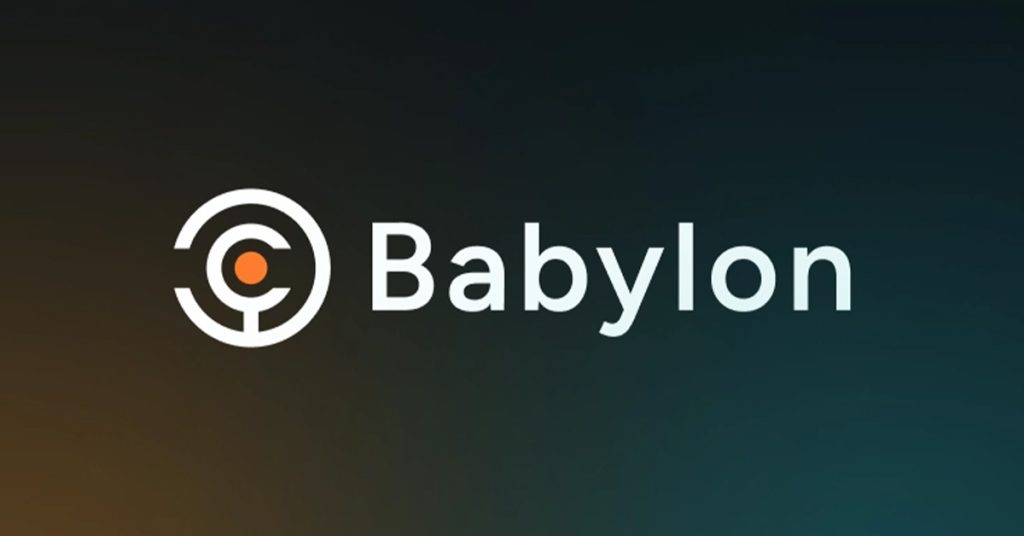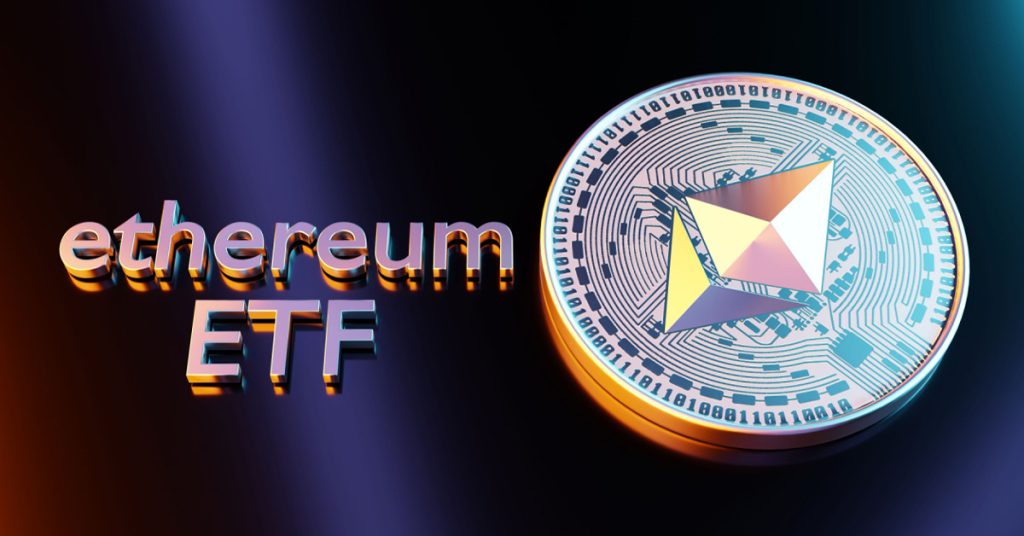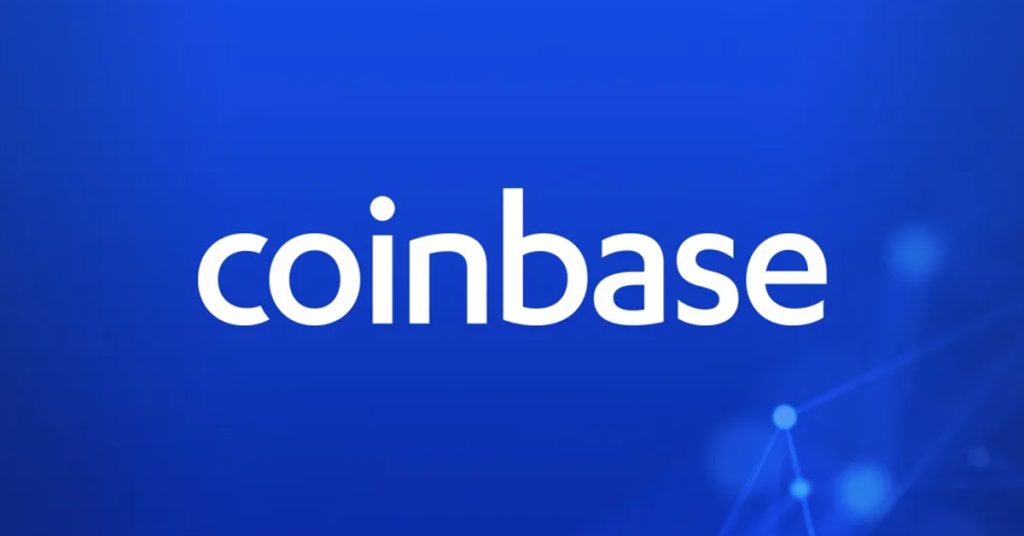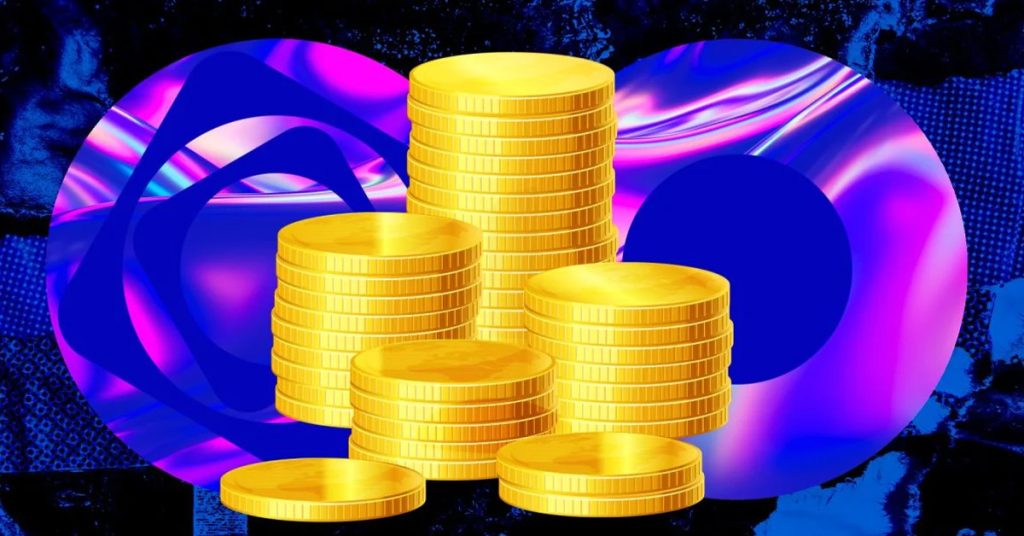Friend.tech: Get-Rich-Quick Scheme for Influencers or a New Breakout Use Case?
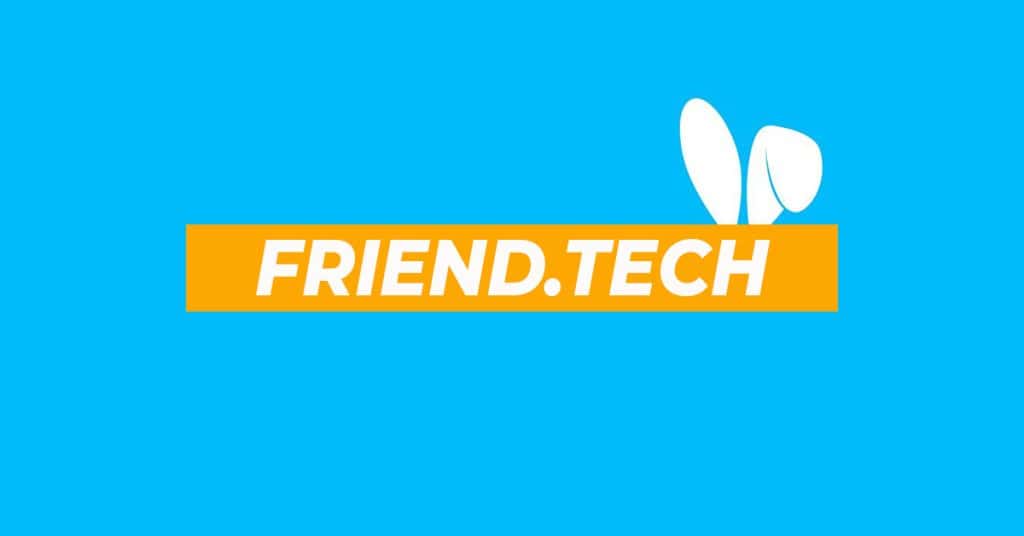
TL;DR
The app Friend.tech has only been on the scene for about three weeks and has been a breakout application that attracts people from outside crypto. More than 100 thousand users have been trading shares in each other. The fact that the app is another way of ‘financializing’ traditional stuff – in this case social relations – has met criticism. Other points of critique are that the app is not user-friendly and infested with trading bots. Still, there are things to be said about the underlying business model. Is Friend.tech a new crypto primitive, a new proof-of-concept?
Although the name contains the word Friend, a more apt name currently would be Influencer.tech. The follower base of influencers can buy shares (called keys, maybe to appease Gary Gensler but also because they don’t come with voting rights) to get into direct touch with them, in a chat room. Indeed, it’s not surprising that the accounts that have gained traction are accounts from people who already have large Twitter accounts. There is just more liquidity for those ‘shares’. For a while, Cobie (Jordan Fish) was the influencer with the highest share price: roughly 5 thousand dollars at the peak.
But it’s not just crypto influencers who are joining. Like with NFTs back in the heydays of the bull market, this app is leaking into the mainstream. NBA players and Only Fans creators are jumping in. There are talks about an airdrop. Read more about this in premium investor report 246.
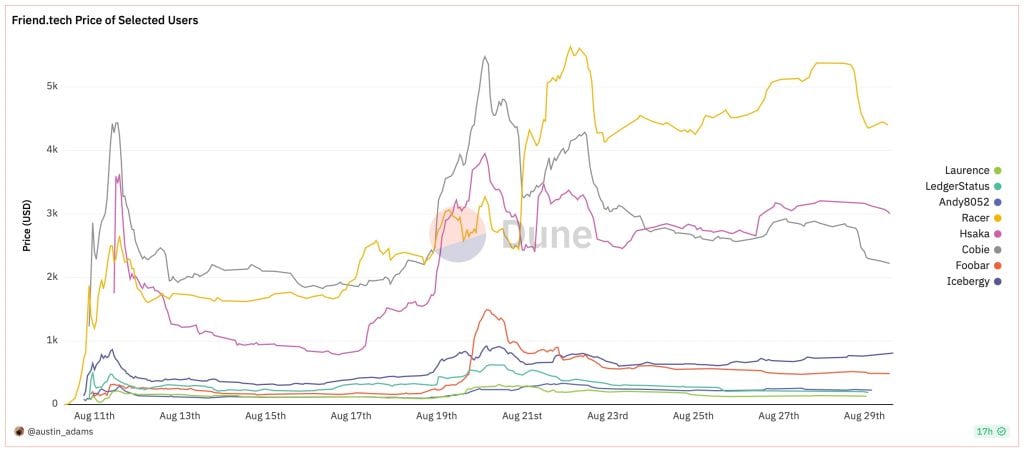
Let’s take a step back and look at what the app is like.
How Does it Work?
First of all, Friend.tech isn’t really an app in the app store. The creators worked around the Apple app store requirements and the 30% cut Apple would demand. So the interaction happens through a web page on your mobile.
These are the steps (this is no endorsement of the app, there are some issues).
- Go to Friend.tech in the Safari browser of your iPhone and bookmark this webpage on the home screen of your phone. Sign up with Google, preferably.
- You need a referral code, so basically you must be invited. This is a major bottleneck.
- You connect your
TwitterX account, so that you can bootstrap your twitter network to bootstrap your social graph on friend.tech. This is a step that, understandably, not everyone is willing to take. - You get a Base (Ethereum Layer 2) address and send some ETH there (at least 0.01 ETH).
- You buy your first share/key of yourself and that opens up your ‘room’.
- People can buy keys of you and unlock your room and chat with you. More and more ways to provide content to users are added.
- The more keyholders you have, the more shares are issued. But it doesn’t dilute the price. Instead, the base price for new members rises.
- Existing holders can opt out of the ‘room’: their shares are burned, and they get the current price in ETH back.
Of each transaction 10% in total is taxed. 5% goes to the platform and 5% to the influencer.
What is cool from a technical and fundamental perspective is that these shares or ‘keys’ can be plugged into the rest of defi. You could for example make ERC-20 tokens of the keys. In that case, ‘you’ can be traded on the vast defi market.
Very cool, or very creepy? The impression below by famous artist Beeple envisions the creepy perspective…
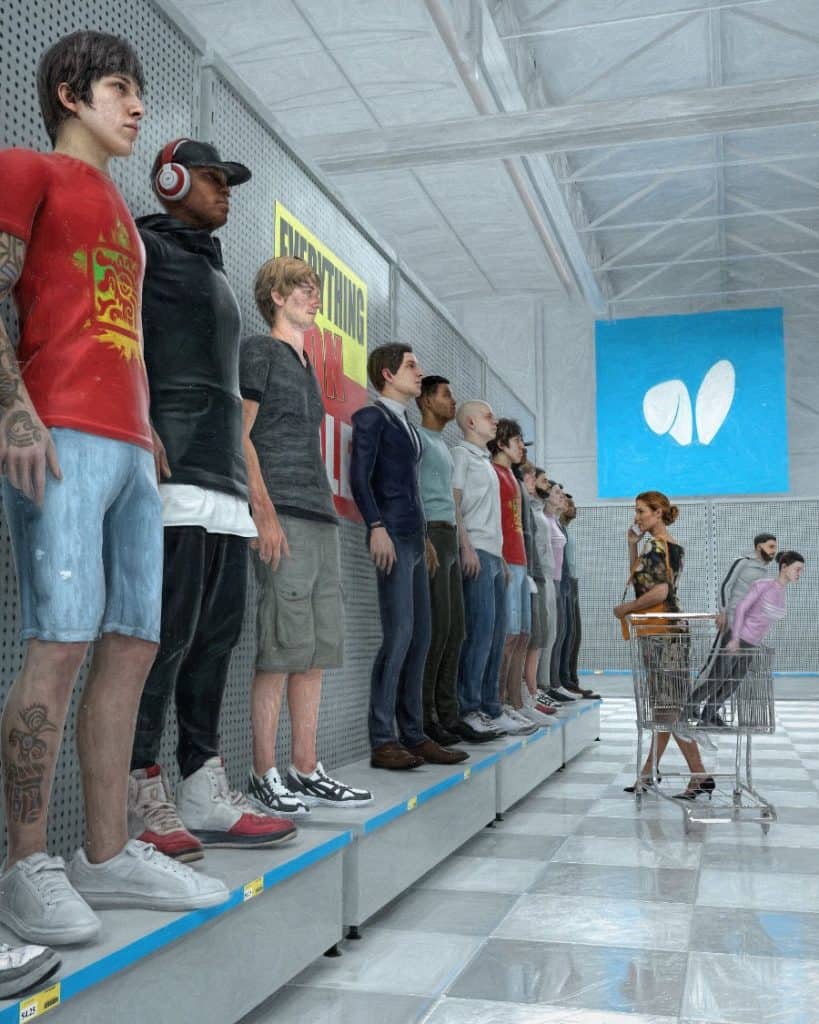
Rapid Rise and Sudden Drop in Activity
In the first two weeks, more than 100 thousand unique addresses started using Friend.tech. Remember, these are Twitter accounts so most likely unique addresses for the most part. That’s a lot in crypto world.
The trading activity has come down a lot from its peak around August 21st. Here’s a dashboard.
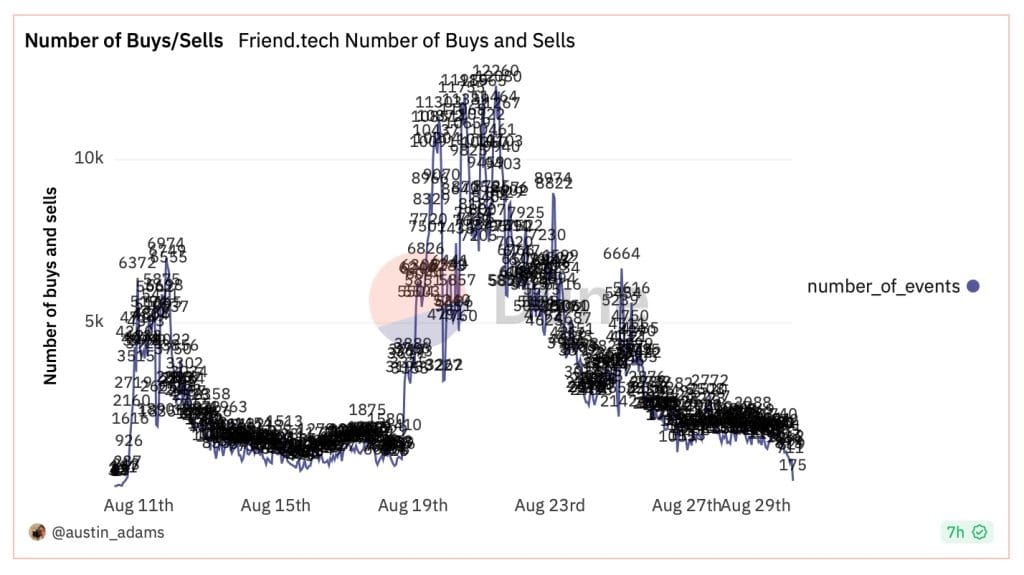
No matter what you think about an app like Friend.tech, its existence has been a treat for the recently launched Ethereum Layer 2 Base, on which it is built. Coinbase CEO Brian Armstrong is the first to admit that Friend.tech is responsible for a large chunk of the activity on Base.
Predecessor: Bitclout
Friend.tech isn’t the first ‘SocialFi’ app. Hated with a passion by the Bitcoin community, Bitclout was a 2021 app that was a bit similar. It was less transparent, less open-source. Instead of creating your own ‘Room’, accounts on Bitclout were reserved for influencers. This felt a bit scammy. Also, the fact that Bitclout had its own coin made it a bit more shady. Its popularity faded quickly.
A Back-and-Forth Between Pro and Con
Let’s have two imaginary debating partners ‘Con’ and ‘Pro’ have a discussion about the merits and perils of Friend.tech.
Con: It is contemptible to financialize social relationships. Does everything have to be a transaction? Will we in the future go short on other people, trying to dump someone’s price by spreading rumors? I don’t want to live in a dystopian world where AI and trading bots are ruining my share price.
Pro: Sure, but this isn’t totally new. ‘Trading people’ dates back to baseball cards – and probably further. And with a baseball card you only ‘get the jpeg’, not the personal access that Friend.tech provides. Crypto is just a new rails, and will offer new functionality.

Con: Well, but the app seems like yet another way in which influencers can draw money from the herd. The incentive structure seems to be one of quick gains. Influencers can make a lot of money from a successful launch, front-running any real effort. They also get a huge cut from trading fees. Will they keep engaged or just collect profits and run, in the same way that has happened to celebrity NFT projects in recent years?
Pro: True, but in the long run, only influencers who put an effort into their community will keep their share key prices high. The fact that the project started off as largely a speculative ‘ponzi game’ doesn’t mean that it can’t evolve into a more sustainable platform. The ideal outcome is a future where also ordinary folks can monetize part of the value they bring with their business and have other people trade it. Ideally, this would give people who currently don’t have access to the financial system a way to earn something.
Con: There are also privacy concerns. There is no clear privacy policy. No self-custody. Who are the pseudonymous founders?
Pro: True. These are definitely concerns. Maybe Friend.tech can iron these things out and clear them up. If not, another app could.
Conclusion
Friend.tech or any of its successors that will no doubt be launched, could have a huge addressable market. People investing in celebrities: that seems like – and has proven to be – a faster adoption curve than liquid staking or building an MEV bot. Creators and influencers are always looking for a new way to monetize their brands – and people are always looking for new ways to gamble invest. Crypto seems like the right technology to make that possible, potentially fairer than the current centralized social media giants.
The virality of an app like Friend.tech is a boost for Ethereum and its L2s, in this case Base. This gives the L2 summer hypothesis more credibility (Coinbase calls it: onchain summer). The fact that the app is launched on on Ethereum L2 is yet another pointer to the continuing dominance of the Ethereum ecosystem.
If Friend.tech and/or its successors manage to create a more sustainable ‘incentive structure’ – keep people engaged in a healthy way…. AND if the user interface improves AND if the custody of your coins is more transparent… who knows! In that case, the ideal scenario, SocialFi could become a new ‘primitive’, aka a new piece of fundamental technology in the cryptoverse. Ideally, not just influencers but also let’s say copywriters, online voice teachers, and other small-time creators could get some extra income out of this.
‘Your network is your net worth’ is Friend.tech’s tagline. And like it or not: it seems likely that part of the value that is in your knowledge and network will be monetized by crypto.





